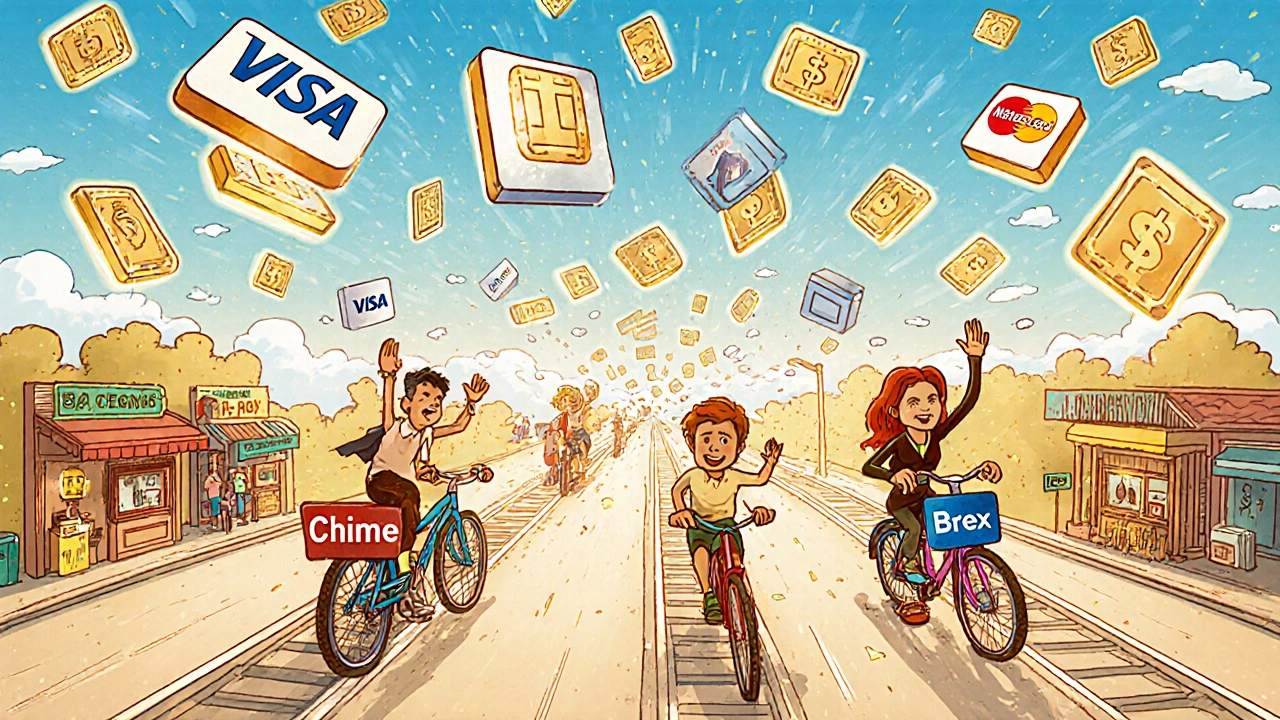Payment Networks Explained: How Your Money Moves Between Cards, Apps, and Banks
When you tap your phone to pay for coffee or swipe a card at the grocery store, you’re not just making a purchase—you’re triggering a complex chain of systems called payment networks, the invisible infrastructure that connects your bank to the merchant’s bank through card issuers, processors, and clearinghouses. Also known as card networks, these systems are what make digital money move in real time, securely and reliably. Without them, your debit card would be just a plastic rectangle with no power to do anything.
These networks don’t work alone. They rely on payment processors, companies that handle the technical side of authorizing and settling transactions between banks and payment gateways, the digital bridges that connect online stores to the payment network. Think of the network as the highway, the processor as the trucking company moving the cash, and the gateway as the on-ramp for e-commerce. When you use Apple Pay or a Shopify checkout, it’s all tied together by these three pieces. And when something goes wrong—like a declined transaction or a delay—it’s usually a breakdown in one of these links, not your bank or the store.
Most people don’t realize how much control they have over these systems. Choosing a debit card over a credit card changes which network handles your transaction. Using a BNPL service like Klarna? That’s a different payment network entirely—one that splits your payment into installments but still connects back to the same banking rails. Even how your small business accepts payments affects your fees, speed, and risk. Platforms that skip traditional networks and go direct to bank transfers (like ACH) can cut costs, but they’re slower. Faster options like real-time payments are growing fast, but not every bank supports them yet.
Behind the scenes, these networks are under constant pressure. They need to handle millions of transactions per second, prevent fraud, and stay compliant with global rules like MiCA and CFPB Section 1033. That’s why companies use payment observability, tools that track every transaction with metrics, logs, and traces to catch errors before customers notice. Top processors cut failures by over a third using this approach. If you’re running an online store or managing investments tied to fintech trends, understanding how these systems hold up under load matters.
You don’t need to be a tech expert to use payment networks, but knowing how they work helps you make smarter choices. Whether you’re picking a payment processor for your side hustle, choosing a bank that supports faster transfers, or wondering why your app payment failed, the answer lies in the chain between your device and the merchant’s account. The posts below break down exactly how this chain works—from the card networks behind your Visa or Mastercard to the invisible tech that powers BNPL, mobile wallets, and real-time payouts. You’ll find clear guides on transaction flow, processing costs, and how to avoid common pitfalls that cost businesses and consumers money.
How Fintech Companies Work With Payment Networks and Card Schemes
Fintech companies rely on payment networks like Visa and Mastercard to process card transactions. Learn how interchange fees, network rules, and certification impact their revenue-and why understanding these systems is critical for success.
View More